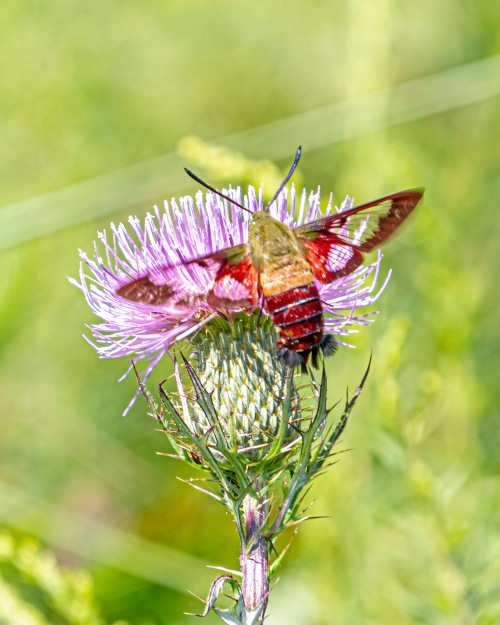Posted in Art, Butterflies, Flowers, Insects, Macro Photography, Nature, Photography, Summer, tagged Alexandria VA, Canon 50D, Great Spangled Fritillary, Great Spangled Fritillary butterfly, Huntley Meadows Park, Speyeria cybele, Tamron 180mm macro lens, thistle on September 4, 2014|
16 Comments »
As I came out of the woods into a meadow at my local marshland park, I caught sight of some bright orange butterflies, which I could immediately identify as Great Spangled Fritillary butterflies (Speyeria cybele). The butterflies were concentrating their attention on a small cluster of plants which looked to be some kind of thistle.
I moved closer to get some shots, wading through the vegetation, which by this time of the summer is chest-high. I’ve already learned the hard way about the “joys” of chiggers and ticks, but I tossed my concerns to the side and boldly stepped forward. Fortunately for me, the butterflies were distracted with their feeding activity and did not fly away at my approach.
The sunlight was pretty strong and the look of the photo changed a lot as I circled around the butterflies, as you can see from the images below. I took a lot of shots, some of which I have not yet processed, but I was so happy with the images that I captured that I figured I better post some while it is still summer. Don’t be surprised if you see a few more images like this in the near future.



© Michael Q. Powell. All rights reserved.
Read Full Post »



















